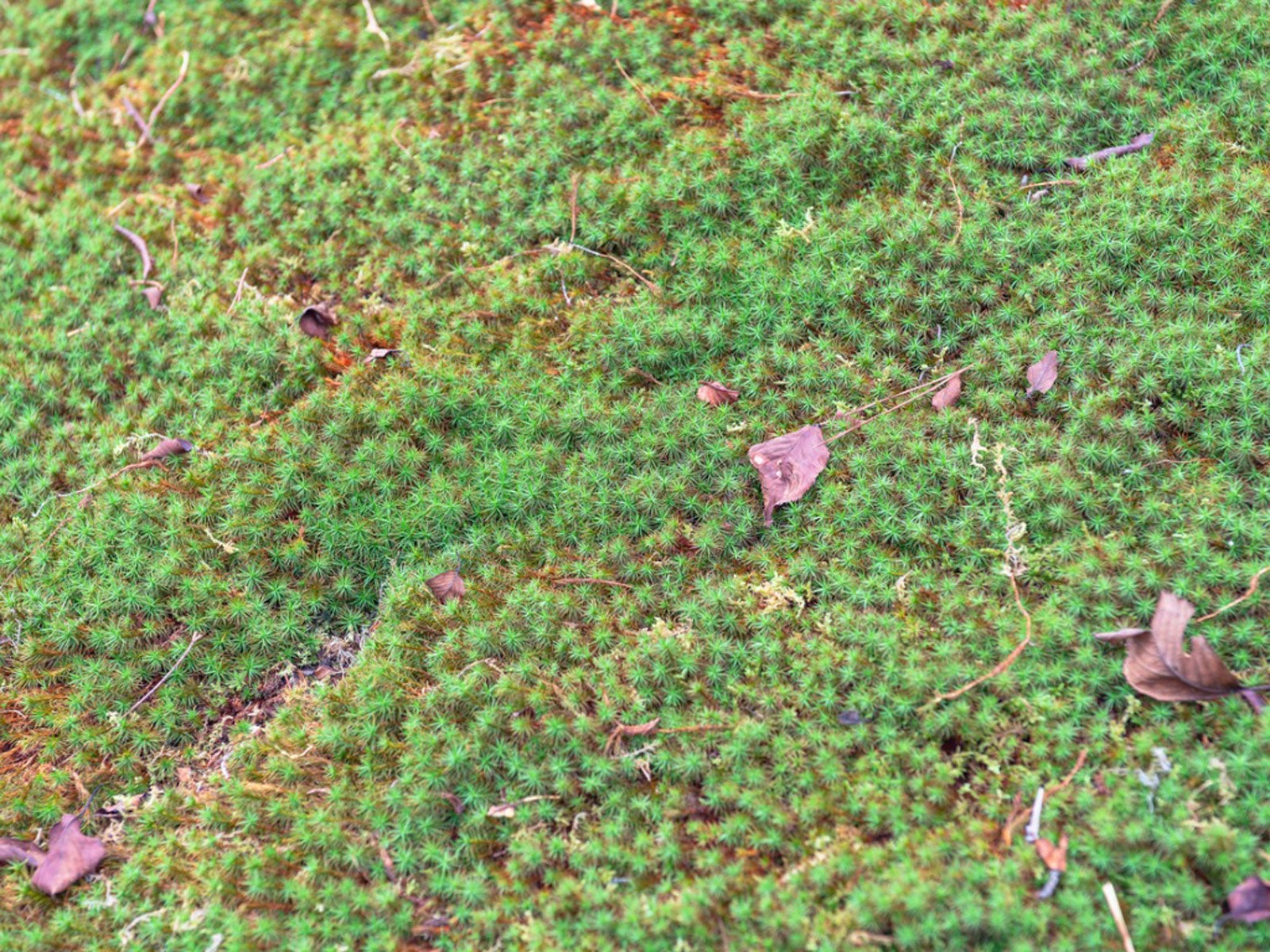Northwestern Lawn Alternatives: Choosing Lawn Alternatives In Northwest U.S.


Lawns require a major investment of time and money, especially if you live in the rainy climate of western Oregon and Washington. Many homeowners in the Pacific Northwest are giving up the idea of perfectly manicured lawns in favor of northwestern lawn alternatives, which tend to require less water, less fertilizer, and very little time. Take a look at the following ideas for lawn alternatives in Northwest gardens.
Northwest Lawn Options
Here are some suggestions for alternative lawns in the Pacific Northwest you might like to try:
- Clover is no longer considered a weed and works beautifully for lawns in the Pacific Northwest. It is inexpensive, requires very little water, and no fertilizer. Since it takes nitrogen from the air, clover is also good for the soil. Clover attracts beneficial pollinators, but if bees are a problem, consider microclovers, extremely tough little plants that have smaller leaves and no flowers. USDA growing zone depends on the variety, but most are suitable northwest region lawn options.
- Creeping thyme is a popular choice for sunny lawns in the Pacific Northwest. Tiny white flowers are lovely in late spring and early summer, and the pleasant scent is a bonus too. This hardy plant requires well-drained soil and may not last long in full shade or soggy, wet conditions.
- Mosses, such as Irish and Scotch moss, are natural lawn alternatives in Northwest gardens. Both are dependable little plants that create a lush carpet. Irish moss is green and Scotch moss has a rich, golden color. Both are adorned with tiny, star shaped blooms in spring. Moss thrives in cool sunlight but doesn’t tolerant intense afternoon sun. Good for zones 4 through 8.
- Wildflower lawns as a northwestern lawn alternative require virtually no care once established, even in the region’s relatively dry summers. Seed companies offer a huge variety of mixes, so shop carefully and choose the wildflower mixture that works best for you. USDA growing zone depends on the variety.
- Ornamental strawberries produce shiny leaves and small pink or white flowers followed by ornamental (non-edible) strawberries. This tough little spreading plant grows nearly anywhere, but it might not be the best choice for moist, shady areas. Ornamental strawberries can be slightly invasive, but the runners are easy to pull. Good for zones 3 through 8.
- Creeping wire vine consists of wiry stems covered with tiny, round leaves that turn bronze as summer approaches. Summer also brings attractive little fruits. This hardy little plant tolerates poor soil and drought as long as the soil is well-drained. Creeping wire vine may not be the best choice for large lawns in the pacific northwest, but works well in small spaces, along borders, or on difficult slopes. Good in zones 6 through 9.
Gardening tips, videos, info and more delivered right to your inbox!
Sign up for the Gardening Know How newsletter today and receive a free copy of our e-book "How to Grow Delicious Tomatoes".

A Credentialed Garden Writer, Mary H. Dyer was with Gardening Know How in the very beginning, publishing articles as early as 2007.